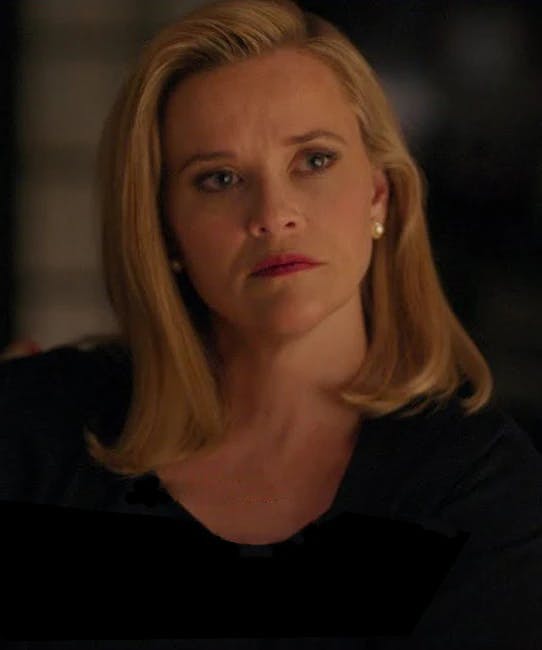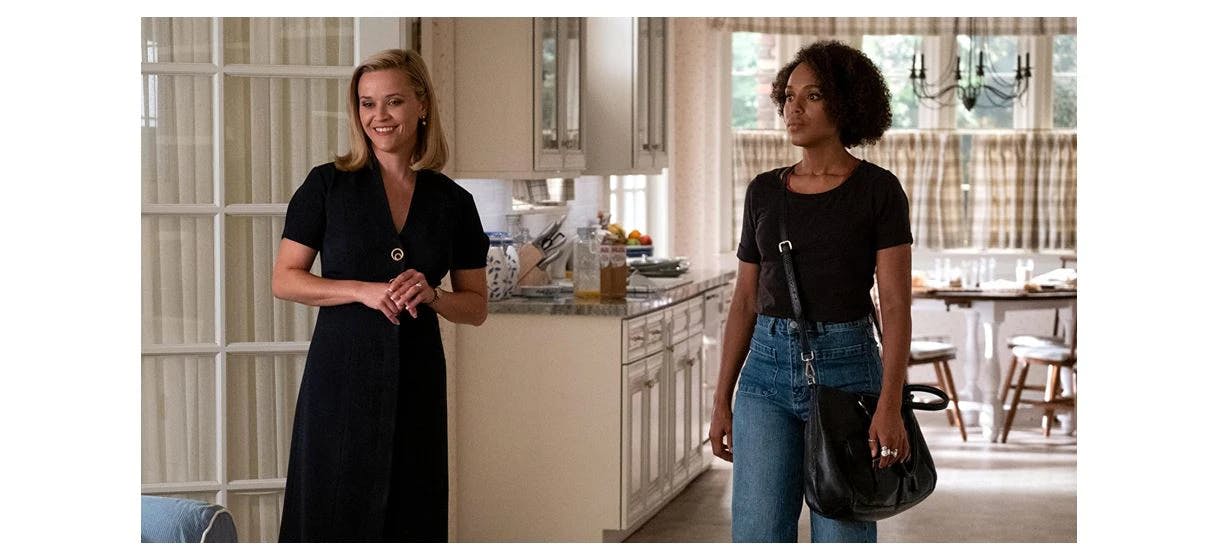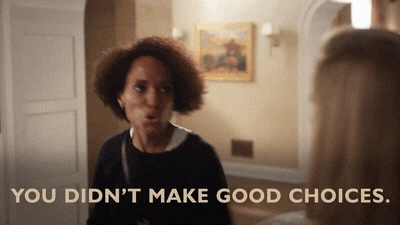"Little Fires Everywhere" Explores The Realities Of Social Class With Honesty
Based on the novel by Celeste Ng, "Little Fires Everywhere" is Hulu’s newest hit miniseries, starring two of our favorite powerhouses, Reese Witherspoon and Kerry Washington.

We live in a polarized age. We see this evidenced every single day on social media, in our news outlets, and even in interpersonal relationships. We all tend to pick sides on constantly-evolving social issues, and tribalism divides pretty much all of us on a regular basis.
Without surprise, we’ve seen this same sentiment of division seep into our forms of art and entertainment, whether it be books, television, music, or movies. These forms of media have more or less become chock-full of political statements — a somewhat unfortunate truth. Art was never meant to divide us, but rather to inspire us to grow, learn, and connect with others. It was meant to unite.

A Quick Overview of Little Fires Everywhere
The year is 1997, and we’re in Shaker Heights, Ohio — depicted as the very definition of an upper-class American suburb. Every front lawn boasts a vibrantly green life that measures no more than six inches high. Every house is a jaw-droppingly gorgeous work of art. Every street is impeccably clean and safe.
The two women’s lives become intertwined, giving an in-depth look at their endless personal differences and life experiences due to their race and social class.
Elena Richardson (portrayed by Witherspoon) is an overly anal, wealthy, white woman who’s got all her ducks in a perfect row, bristles at her rebellious daughter’s means of self-expression, and pencils in everything from biweekly sex with her husband to her four children’s social events on her color-coded calendar. On the other end of the spectrum, Mia Warren (played by Washington), is a single, black mother who lives a nomadic lifestyle as a working — but still struggling — artist, smokes weed on the regular for artistic inspiration, and exclusively shops at GoodWill.
When Mia and her daughter sign the lease on a duplex that Elena is renting out, the two women’s lives become intertwined in countless ways, allowing viewers an in-depth look at their endless personal differences and life experiences due to their race and social class.

What Makes Little Fires Everywhere Different
Little Fires Everywhere could very quickly become simplistic in its depiction of these very different women — awarding one the title of “most moral” and the other “biggest jerk” — but instead asks viewers to hold off on labeling either one. But that’s what makes this show a rarity. It seamlessly explores two vastly different characters — from two vastly different worlds — without demonizing or sanctifying them for the sake of a social message.
It shows both a privileged, white woman and a less fortunate, black woman to simply be human — capable of good while being imperfect.
What could've been a recipe for a powder keg of social issues turns out to be a much-needed exploration of three-dimensional women. In Mia, we see a woman who, while passionate, authentic, and driven, is unfortunately closed-off and untrusting. And in Elena, we see a woman who genuinely tries to empathize, cares about what’s right, and values connection with others — though she can be out of touch and insensitive at times. While it would be easy for the writers to cast one woman in a definitively bad light, it shows both a privileged, white woman and a less fortunate, black woman to simply be human — capable of good while being imperfect — while delving deeply into their stories with much less bias than found in most entertainment today.

Closing Thoughts
Art, even serial TV shows, was always meant to be something that unites us towards a common goal and reveals truth, not a cheap device for personal agendas. As Hollywood continues to make art, they would do well to take a page from Ng’s book and learn how to illustrate complicated, emotionally-charged issues with a more honest, refreshing, impartial voice.